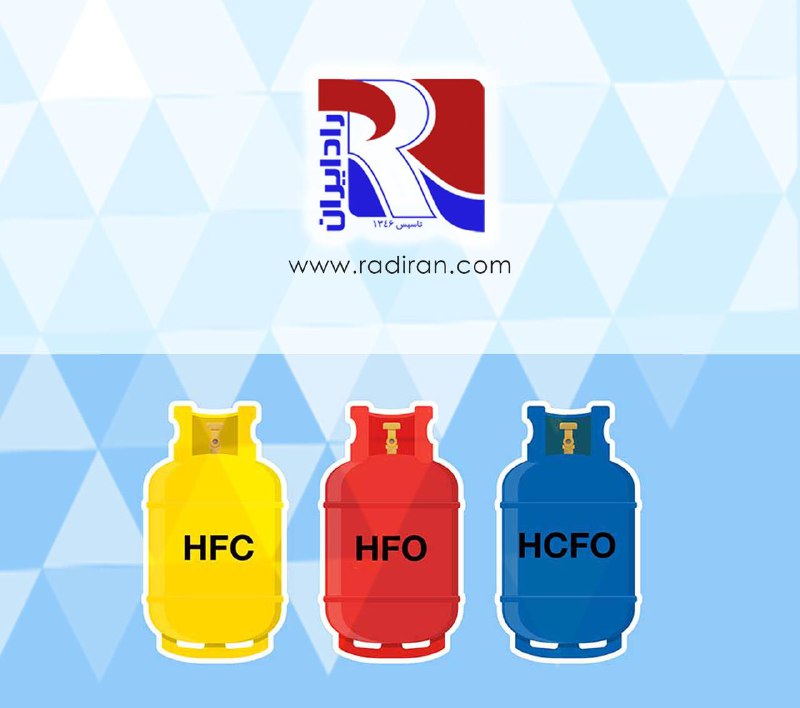Refrigerants Impact on coil design
Refrigerants in HVAC systems can be categorized into different types, such as chlorofluorocarbons (CFCs), hydrochlorofluorocarbons (HCFCs), hydrofluorocarbons (HFCs), and hydrocarbons. The choice of refrigerant significantly impacts coil design in HVAC systems.
For example, the transition from CFCs to HCFCs and HFCs was driven by environmental concerns, as CFCs were found to deplete the ozone layer. HFCs, like R-410A, became popular due to their ozone-friendly nature, but concerns over their high global warming potential (GWP) led to the development of alternative refrigerants with lower GWPs.
Coil design is influenced by the thermodynamic properties of the refrigerant. Different refrigerants have varying pressure-temperature relationships, heat capacities, and heat transfer coefficients. Coil size, fin spacing, and tube diameter must be optimized based on the specific refrigerant to achieve efficient heat transfer and system performance.
In summary, the choice of refrigerant affects environmental impact, efficiency, and overall system design, making it a crucial consideration in HVAC technology.












